EYLF Outcome 4 centers on empowering children to become self-assured, engaged participants in their own learning. It’s all about nurturing a mindset where children perceive learning as an active, enjoyable, and continual journey. The following article provides information on the Definition Of Sub Outcomes, Practical Examples Of Sub Outcomes, Applying Sub Outcomes Into Practice and more.
Definition Of Sub Outcomes
1. Learning Dispositions:
Outcome 4 emphasizes the development of positive attitudes toward learning. Children are encouraged to cultivate dispositions such as curiosity, cooperation, confidence, creativity, commitment, enthusiasm, persistence, imagination, and reflexivity. These traits help them approach challenges with a problem-solving mindset and a willingness to explore new ideas. When children are recognized for these qualities, they are more likely to take initiative and engage deeply with learning experiences .
2. Skill Development Through Active Engagement:
Beyond attitudes, Outcome 4 focuses on building concrete skills like inquiry, experimentation, problem solving, and creative thinking. In practice, this means setting up learning environments that are flexible, allowing children to follow their own interests. Through play-based and inquiry-led activities, children learn to experiment, seek out answers, and connect ideas from various experiences. This approach not only helps them develop critical thinking skills but also makes learning relevant and personally meaningful .
3. Integration of Family and Community Knowledge:
An essential aspect of Outcome 4 is acknowledging and incorporating the knowledge and experiences that children bring from their families and communities. When educators use this “fund of knowledge” as a building block, children feel more connected to their learning journey. This connection reinforces their sense of belonging and validates their personal and cultural experiences, thereby boosting their confidence and willingness to engage with new challenges .
4. Creating a Supportive Learning Environment:
Educators play a pivotal role in fostering Outcome 4 by modeling a growth mindset and reflecting on learning processes alongside the children. A supportive environment—where children can share ideas, revisit previous learning experiences, and experiment without fear of failure—is key to developing confident and involved learners. Innovative practices such as encouraging children to express their thoughts during play, celebrating small achievements, and offering opportunities for both individual and group inquiry help solidify these outcomes .
Practical Examples Of Sub Outcomes
EYLF Outcome 4 focuses on Children as Confident and Involved Learners. It emphasizes curiosity, problem-solving, creativity, and persistence in learning. Here are some practical examples of sub-outcomes:
Sub-Outcome 4.1 – Developing Dispositions for Learning
-
Encouraging children to ask questions and explore their environment through hands-on activities.
-
Providing open-ended materials like blocks, paints, and natural objects to stimulate creativity.
-
Supporting children in persisting through challenges, such as completing puzzles or learning new skills.
Sub-Outcome 4.2 – Developing Skills and Processes
-
Engaging children in science experiments to foster inquiry and investigation.
-
Encouraging problem-solving activities, like building structures or creating solutions in pretend play.
-
Using storytelling and discussions to develop reasoning and critical thinking.
Sub-Outcome 4.3 – Making Meaning from Experiences
-
Encouraging children to reflect on their learning by discussing what they discovered.
-
Supporting children in connecting new knowledge to their everyday experiences.
-
Using visual aids, drawings, and journals to help children express their understanding.
Sub-Outcome 4.4 – Using Technology and Media
-
Introducing age-appropriate digital tools to support learning, such as interactive storytelling apps.
-
Encouraging children to document their learning through photos or videos.
-
Teaching safe and responsible technology use in early childhood settings.





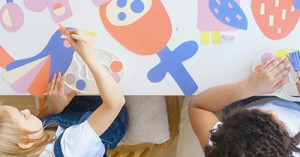

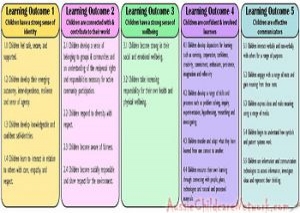 Here is the list of the EYLF Learning Outcomes that you can use as a guide or reference for your documentation and planning. The EYLF
Here is the list of the EYLF Learning Outcomes that you can use as a guide or reference for your documentation and planning. The EYLF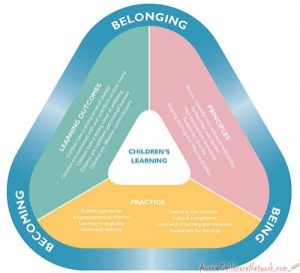 The EYLF is a guide which consists of Principles, Practices and 5 main Learning Outcomes along with each of their sub outcomes, based on identity,
The EYLF is a guide which consists of Principles, Practices and 5 main Learning Outcomes along with each of their sub outcomes, based on identity, This is a guide on How to Write a Learning Story. It provides information on What Is A Learning Story, Writing A Learning Story, Sample
This is a guide on How to Write a Learning Story. It provides information on What Is A Learning Story, Writing A Learning Story, Sample One of the most important types of documentation methods that educators needs to be familiar with are “observations”. Observations are crucial for all early childhood
One of the most important types of documentation methods that educators needs to be familiar with are “observations”. Observations are crucial for all early childhood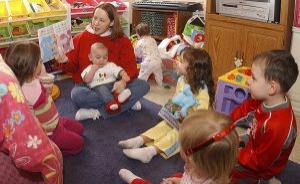 To support children achieve learning outcomes from the EYLF Framework, the following list gives educators examples of how to promote children's learning in each individual
To support children achieve learning outcomes from the EYLF Framework, the following list gives educators examples of how to promote children's learning in each individual Reflective practice is learning from everyday situations and issues and concerns that arise which form part of our daily routine while working in an early
Reflective practice is learning from everyday situations and issues and concerns that arise which form part of our daily routine while working in an early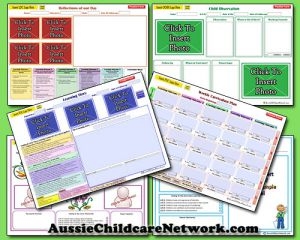 Within Australia, Programming and Planning is reflected and supported by the Early Years Learning Framework. Educators within early childhood settings, use the EYLF to guide
Within Australia, Programming and Planning is reflected and supported by the Early Years Learning Framework. Educators within early childhood settings, use the EYLF to guide When observing children, it's important that we use a range of different observation methods from running records, learning stories to photographs and work samples. Using
When observing children, it's important that we use a range of different observation methods from running records, learning stories to photographs and work samples. Using This is a guide for educators on what to observe under each sub learning outcome from the EYLF Framework, when a child is engaged in
This is a guide for educators on what to observe under each sub learning outcome from the EYLF Framework, when a child is engaged in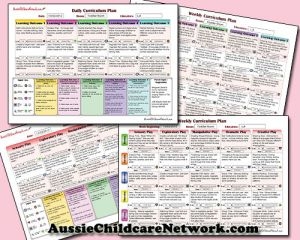 The Early Years Learning Framework describes the curriculum as “all the interactions, experiences, activities, routines and events, planned and unplanned, that occur in an environment
The Early Years Learning Framework describes the curriculum as “all the interactions, experiences, activities, routines and events, planned and unplanned, that occur in an environment


